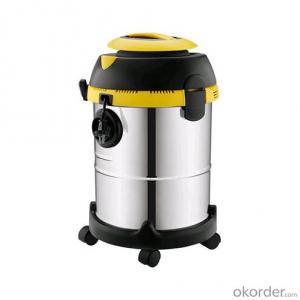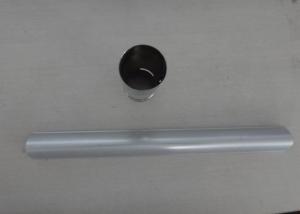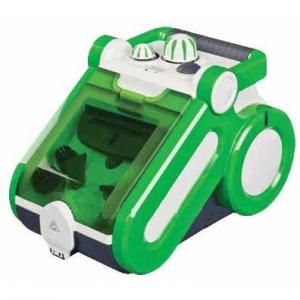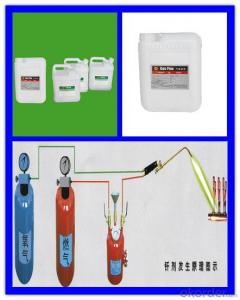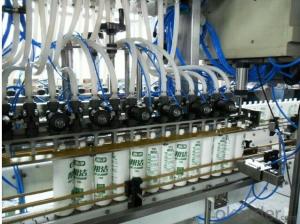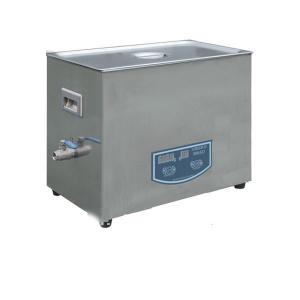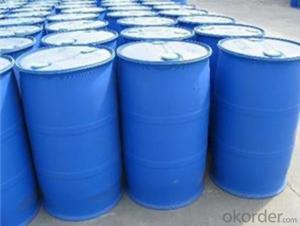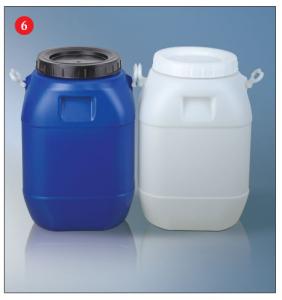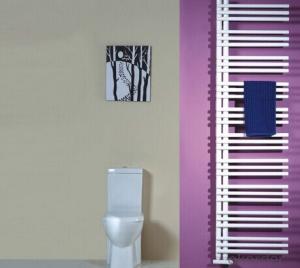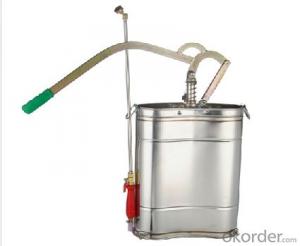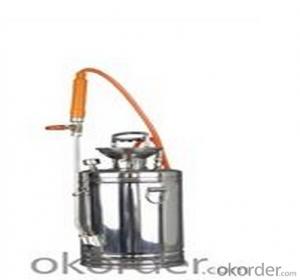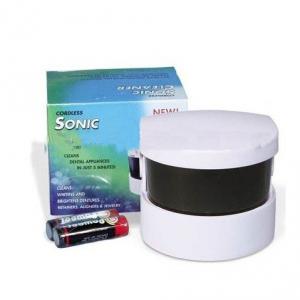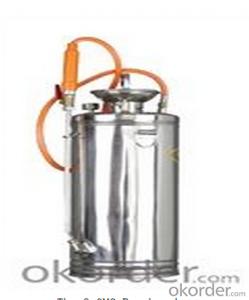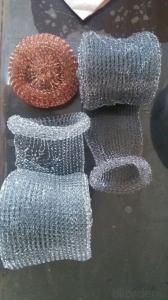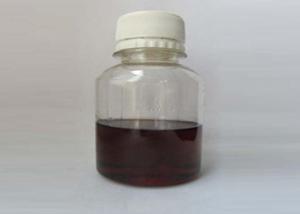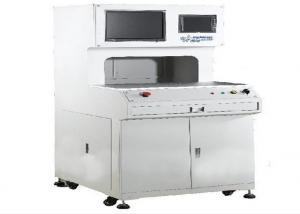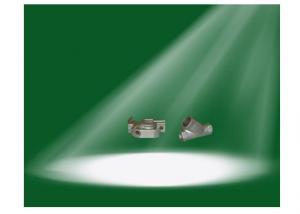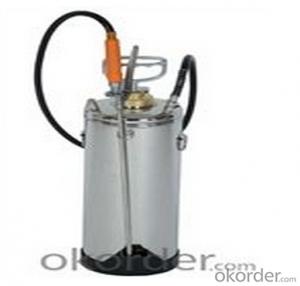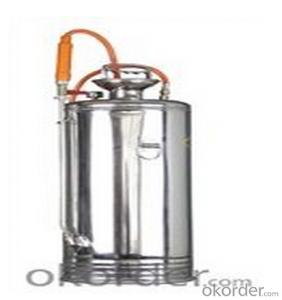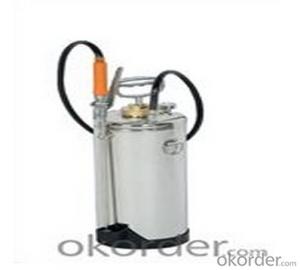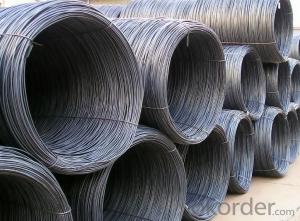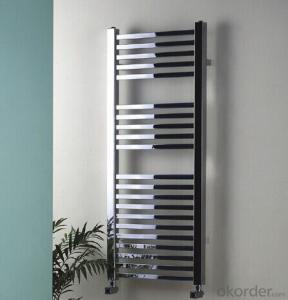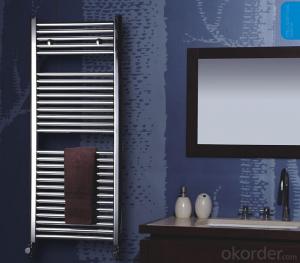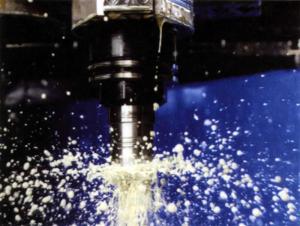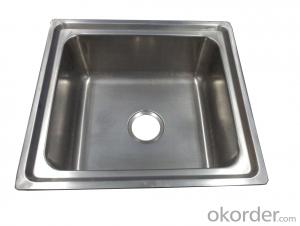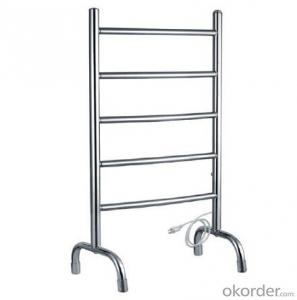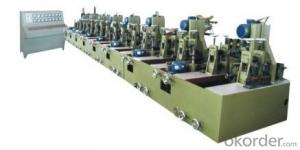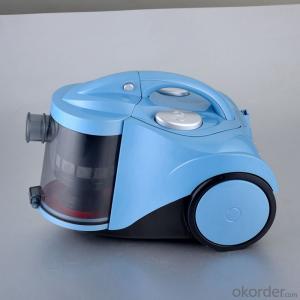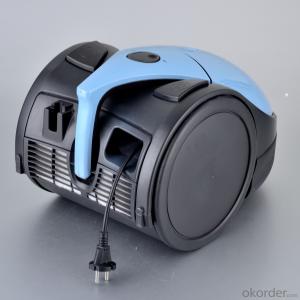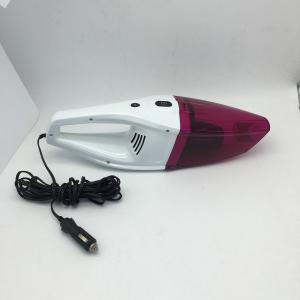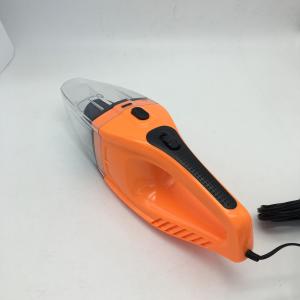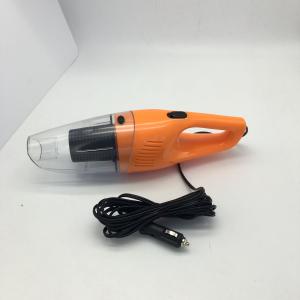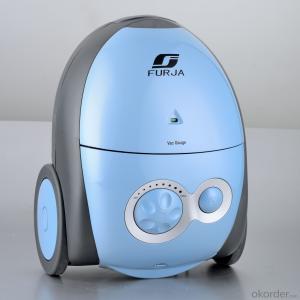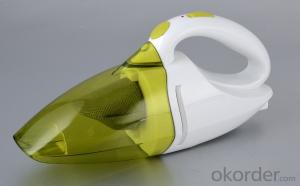Steel Cleaner Liquid
Steel Cleaner Liquid Related Searches
Steel Cleaning Chemicals Industrial Stainless Steel Cleaner Liquid Stainless Steel Oven Cleaner On Stainless Steel Liquid Stainless Steel Paint Stainless Steel Cleaner Weiman Citrus Shine Stainless Steel Cleaner Stainless Steel Filler Stainless Steel Blackener Stainless Steel Scraper Cleaning Substances Stainless Steel Scrub Stainless Steel Flue Liner Stainless Steel Sealant Stainless Steel Mixer Stainless Steel Solder Stainless Steel Water Cooler Dispenser Solder Stainless Steel Stainless Steel Peeler Stainless Steel Tongue Scraper Solder For Stainless Steel Stainless Steel Powder Spray For Stainless Steel Stainless Steel Soap Stainless Steel Degreaser Stainless Steel Welder Stainless Steel Blender Stainless Steel Lid Stainless Steel Washer Stainless Steel ScrubbingSteel Cleaner Liquid Supplier & Manufacturer from China
Steel Cleaner Liquid is a specialized cleaning solution designed to remove rust, scale, and other contaminants from steel surfaces, ensuring a clean and smooth finish. This product is highly effective in various industries, such as construction, automotive, and manufacturing, where maintaining the quality and longevity of steel components is crucial. Steel Cleaner Liquid can be applied to a wide range of steel products, from small parts to large structures, making it a versatile cleaning solution for various applications.The application and usage of Steel Cleaner Liquid are quite straightforward. It can be applied using a variety of methods, including brushing, dipping, or spraying, depending on the specific requirements of the task at hand. Once applied, the liquid works to break down and dissolve rust and other impurities, leaving the steel surface clean and ready for further processing or protection. This product is particularly useful in situations where traditional cleaning methods are not effective, such as when dealing with stubborn rust or heavy contamination.
Okorder.com is a reputable wholesale supplier of Steel Cleaner Liquid, offering a large inventory of this essential product for businesses and individuals alike. With a commitment to quality and customer satisfaction, Okorder.com ensures that customers receive the best possible product at competitive prices. By partnering with Okorder.com, businesses can benefit from a reliable source of Steel Cleaner Liquid, ensuring that their steel cleaning needs are met efficiently and effectively.
Hot Products
